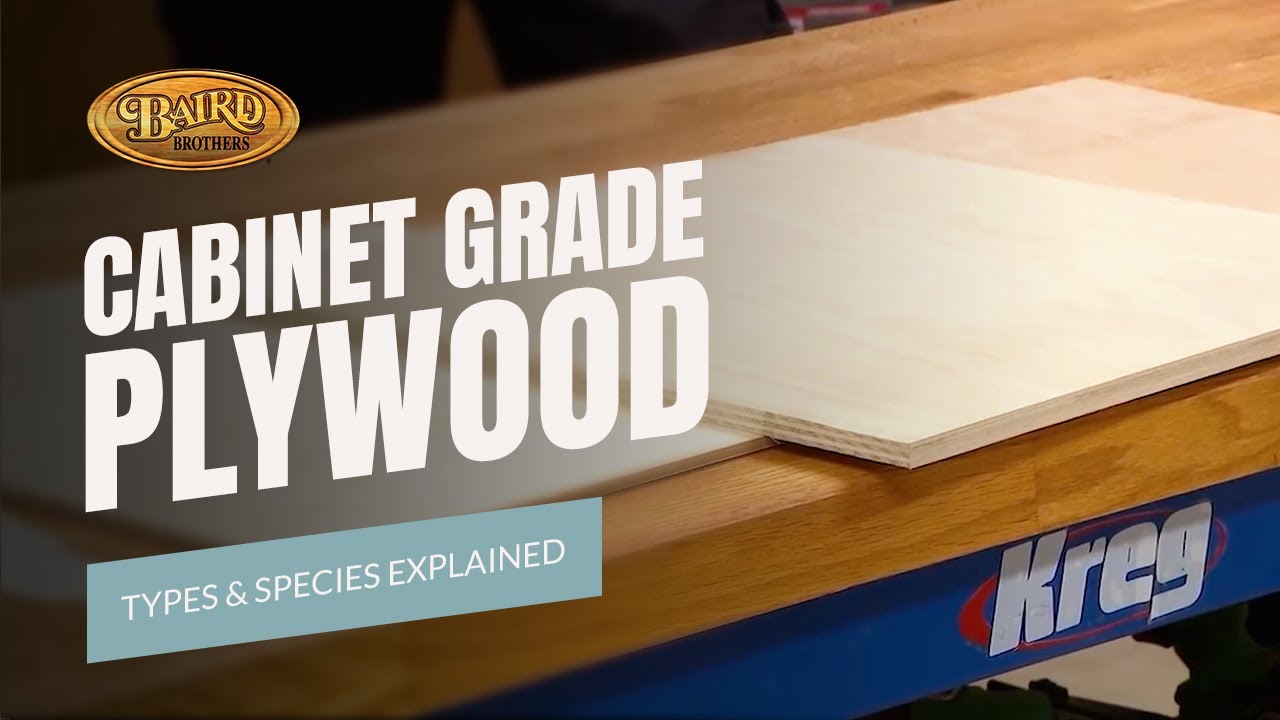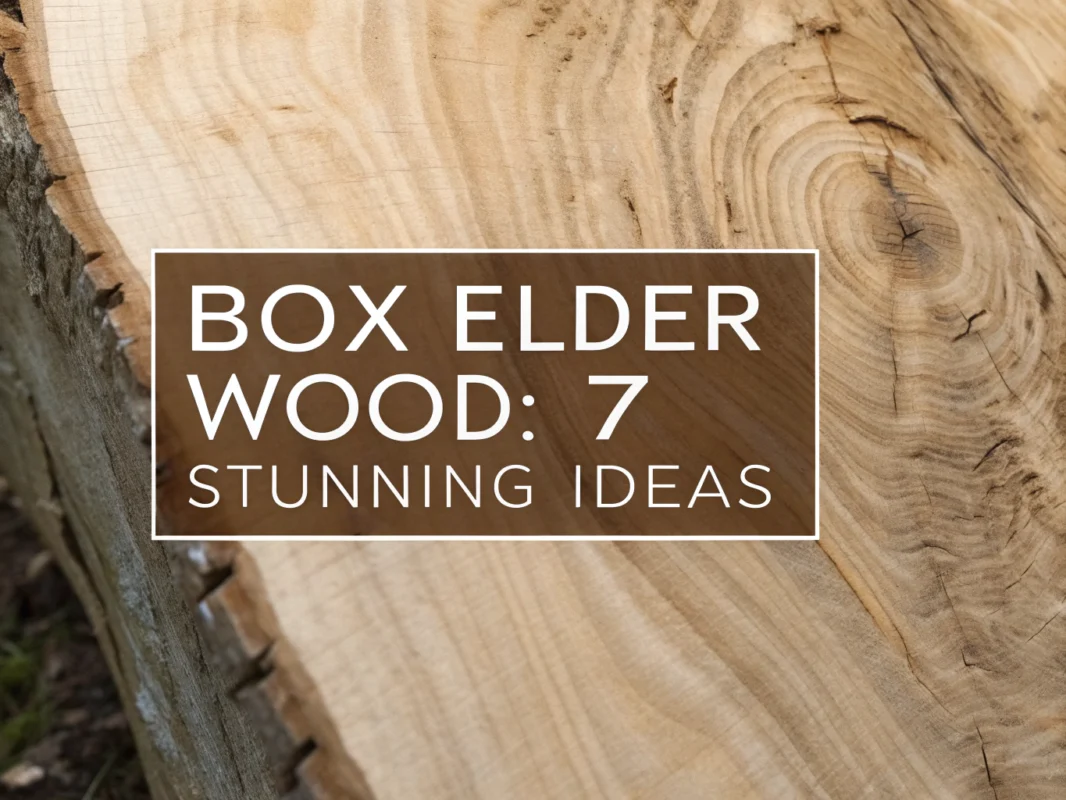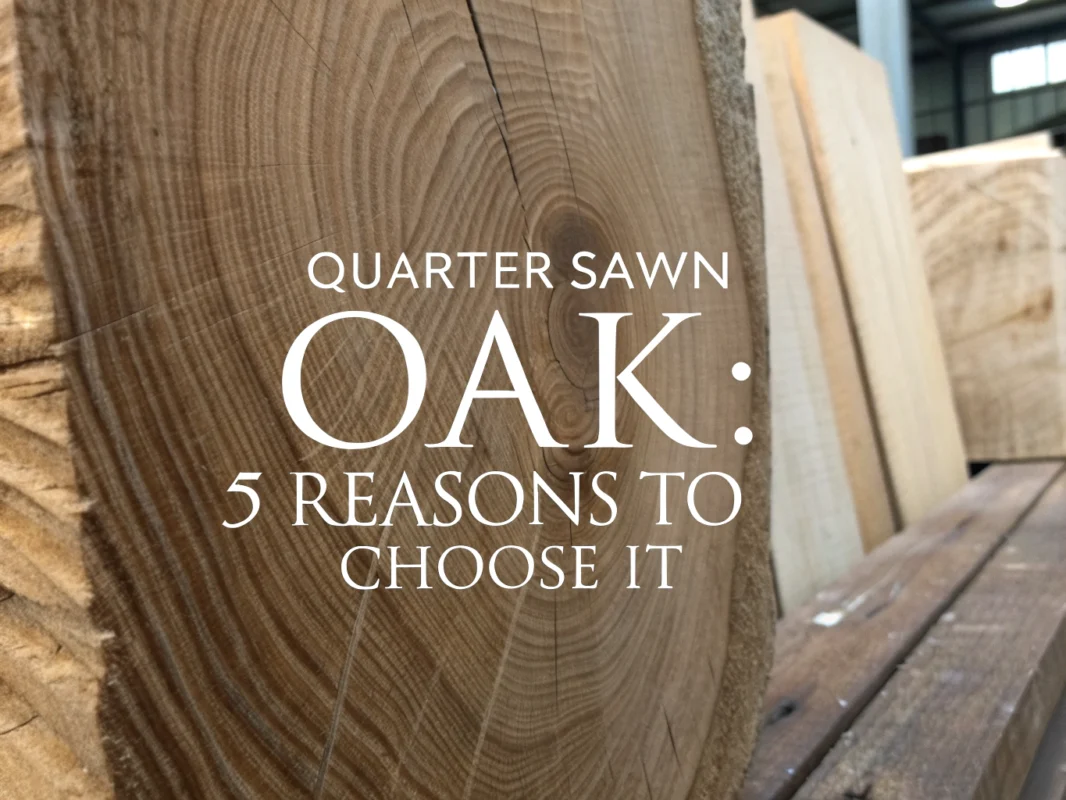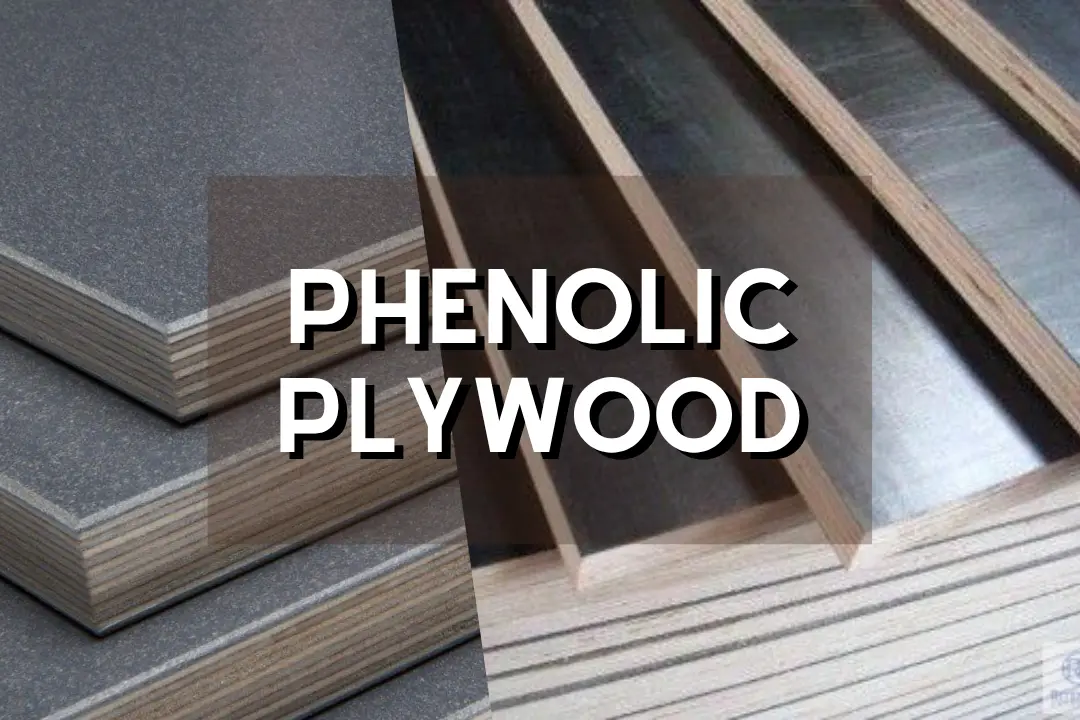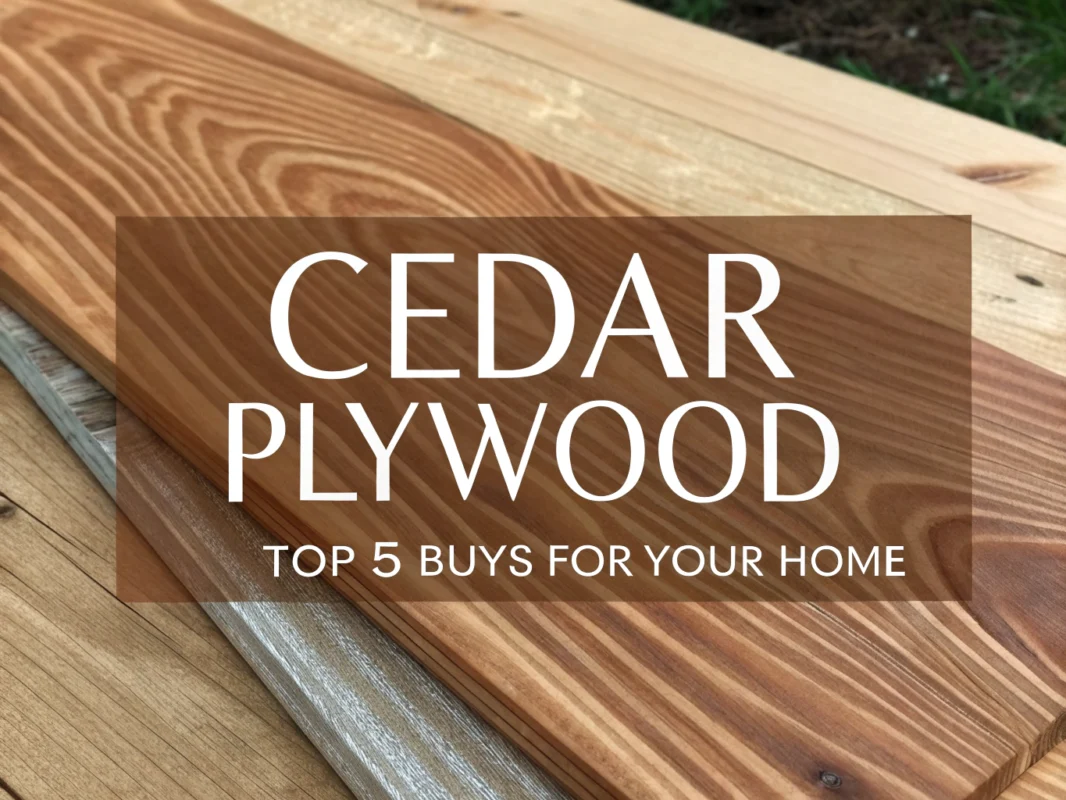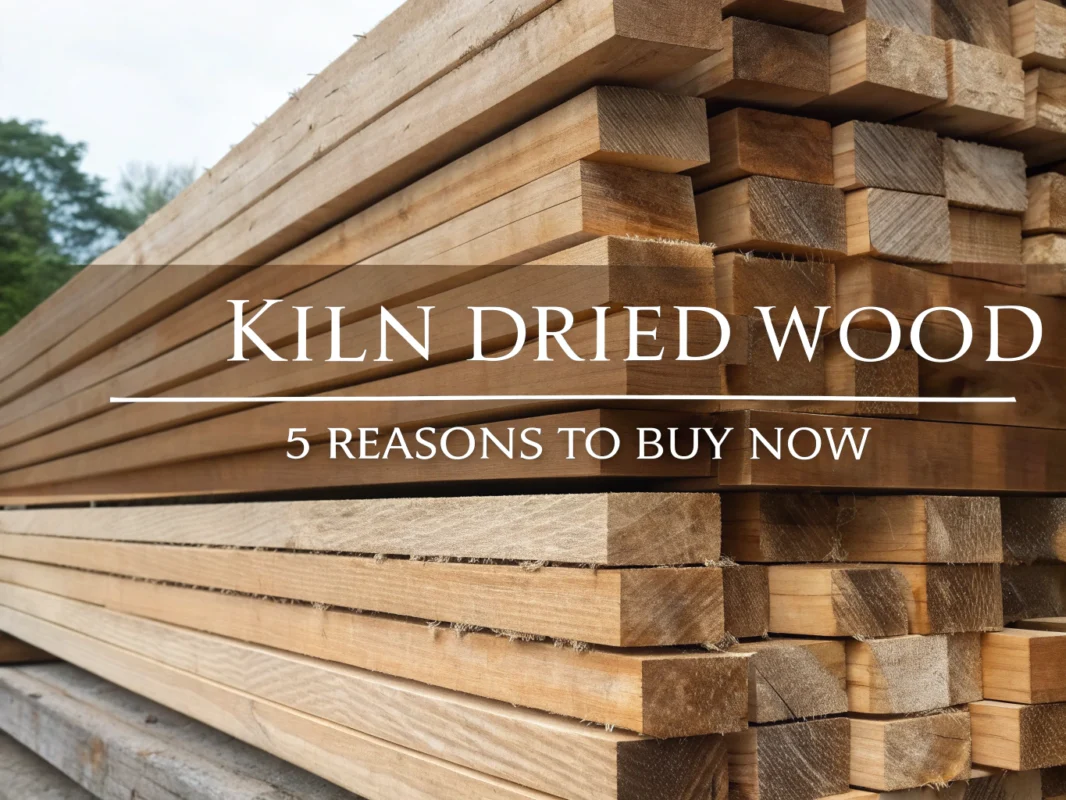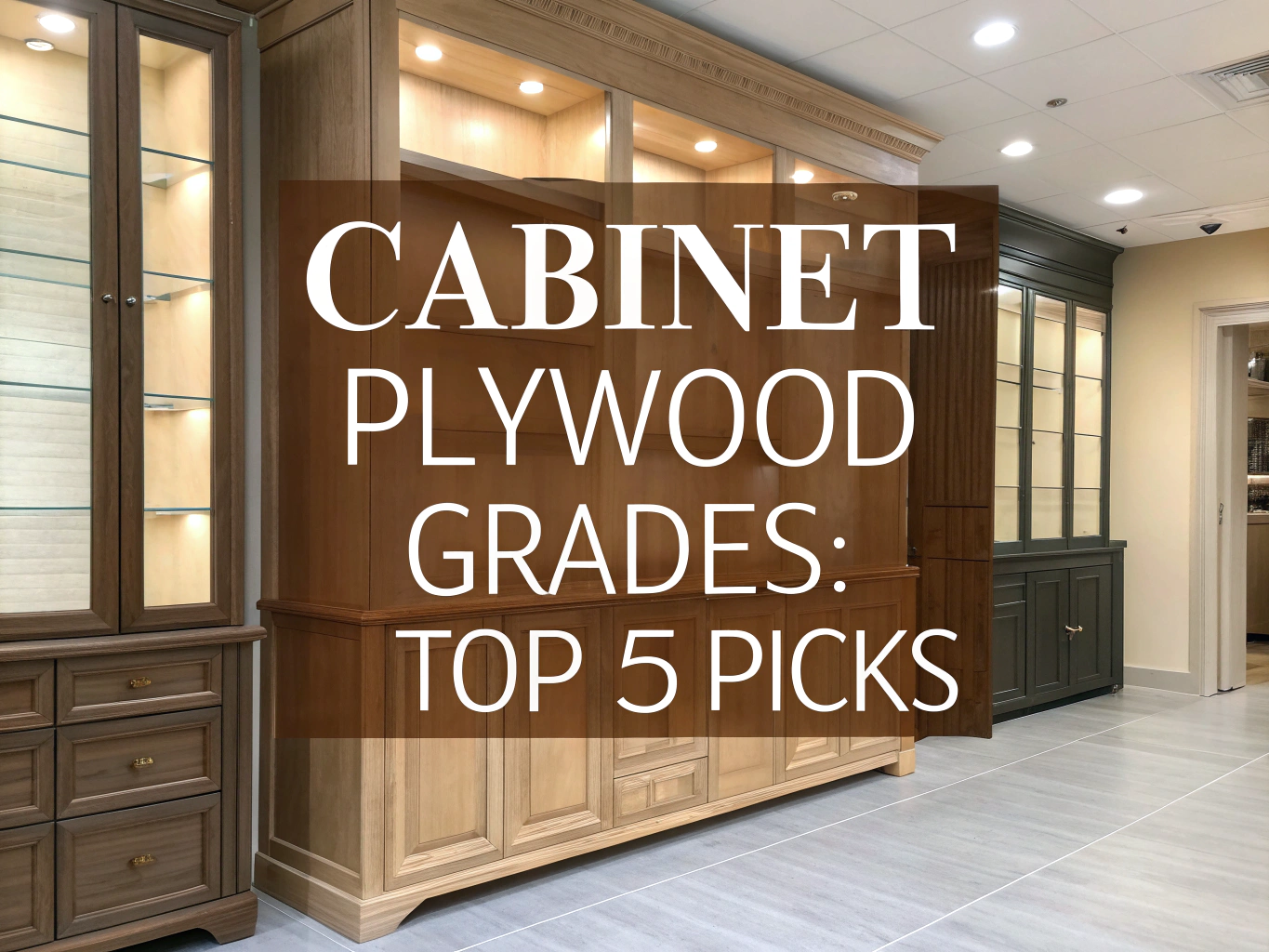
Discover the Best Cabinet Plywood Grades: Top 5 Picks

Ever wondered why some cabinets look flawless and others don’t? The secret lies in the plywood grades used. Choosing the right grade can make all the difference in terms of appearance and strength. Let’s dive into how to pick the best one for your cabinets.
Table of Contents
Cabinet plywood grades represent a classification system that determines surface appearance, structural quality, and intended use for cabinetry applications. The grading system uses letters (A, B, C, D) and combinations (AB, BC, CD) to help builders and homeowners select the right plywood for visible surfaces versus hidden structural components.
What Are Cabinet Plywood Grades?
Cabinet plywood grades form a standardized classification system that indicates surface appearance and structural quality for cabinetry use. This plywood grading system helps you choose the right material based on whether surfaces will be visible or hidden in your cabinet project.
The letter system grading ranges from A (highest quality) to D (lowest quality), with combination grades like AB and BC offering different quality levels on each face. Cabinet-grade plywood is specifically engineered for strength and refined finishes suitable for furniture and visible cabinetry applications.
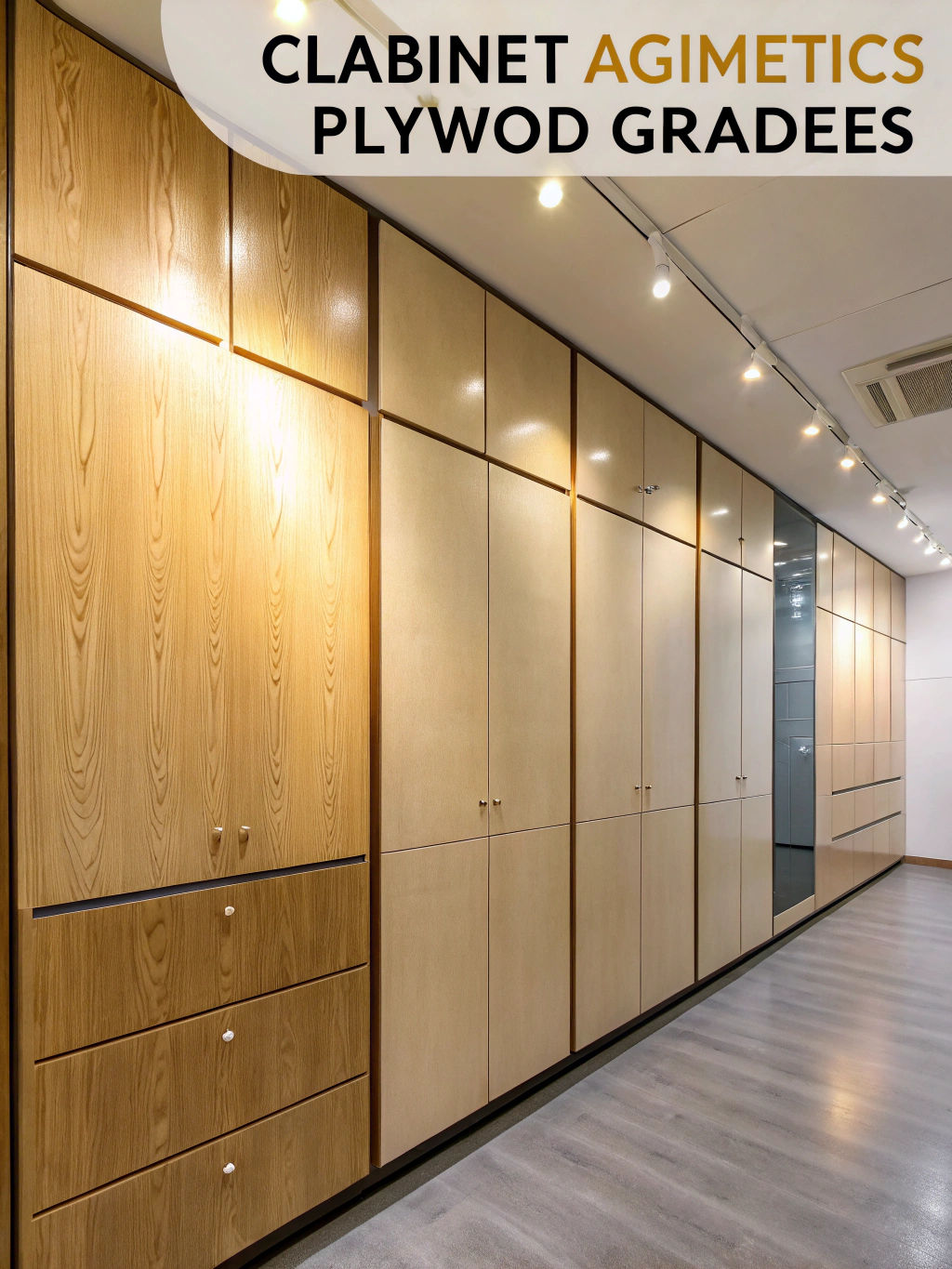
Complete Cabinet Plywood Grade Breakdown
A-Grade Plywood
A-grade represents the highest quality option for visible cabinet surfaces like doors and drawer fronts. These sheets feature smooth, fine-sanded surfaces with minimal defects and come ready to paint or stain without additional preparation.
B-Grade Plywood
B-grade plywood contains minor, repairable defects such as small knots or filler patches. This grade works well for non-primary cabinet surfaces where minor imperfections can be tolerated and requires only minor touch-ups before finishing.
C-Grade Plywood
C-grade plywood shows more visible defects and knots up to 1.5 inches in diameter. This grade is typically used for structural or hidden cabinet parts like internal framing and undersides where appearance isn’t critical but strength remains important.
D-Grade Plywood
D-grade contains the most defects and rough surfaces, including prominent knots, voids, and repair patches. This grade should be strictly reserved for non-visible structural areas and represents the cheapest option with the lowest strength rating.
Combination Grades (AB, BC, CD)
- AB-grade: Features A-grade face with B-grade back, balancing superior appearance with cost savings
- BC-grade: Offers B-grade front with C-grade back, suitable for back panels or less visible areas
- CD-grade: Reserved for hidden structural use only, not appropriate for finished cabinetry
Top 5 Cabinet Plywood Types for 2025
Birch Plywood
Birch plywood remains extremely popular for cabinet construction due to its durability, stable core, and clean grain pattern. This material is available in cabinet-grade sheets ranging from 1/8″ to 3/4″ thickness and holds screws and nails exceptionally well.
Here are some quality birch plywood options for your cabinet projects:

Strong Baltic Birch Plywood, 6-Pack
- High-quality B/BB grade ensures durability
- Ideal for laser and CNC cutting projects
- Stronger than basswood, perfect for crafts
- Smooth surface, great for wood burning
- 1/8 x 12 x 24 inches, versatile size.

Durable Baltic Birch Plywood, 3/4-inch
- Ideal for laser and CNC cutting projects
- High-quality material for intricate engraving
- Large 24 x 48 inches size for versatility
- Perfect for durable construction needs
- Excellent for wood crafting and artistry.
Maple Plywood
Maple plywood offers premium appearance and consistent quality, making it ideal for both visible and structural cabinet components. Known for its smooth surface and excellent strength, maple works particularly well for contemporary cabinet styles.
Consider these maple plywood options for your cabinetry needs:

Maple Plywood Sheets, 8-Pack
- 1/8-inch thick for delicate projects
- Perfect for laser cutting and burning
- Ideal for models and architectural designs
- Unfinished for custom finishes
- Durable and holds detail well.

Versatile Maple Plywood, 4-Pack
- Thin 3mm for intricate artwork
- Great for DIY crafts and hobbies
- Perfect for laser and engraving work
- Easy to cut with precise finishes
- Adaptable for various creative projects.
Walnut Plywood
Walnut plywood delivers a premium look with moderate pricing, making it a favored choice for both home and commercial cabinetry. The rich grain pattern and natural durability make walnut an excellent investment for high-end projects.
Cherry Plywood
Cherry plywood is chosen for its elegant grain and warm color that deepens beautifully over time. This premium option works exceptionally well for traditional and transitional cabinet styles in high-end applications.
Melamine Plywood
Melamine plywood provides a cost-effective and easy-to-clean option for budget-conscious cabinet projects. The pre-finished surface resists moisture and stains, making it practical for utility areas and rental properties.
Cabinet Plywood Specifications
Thickness Options
- 1/8″ (3mm): Lightweight applications and backing panels
- 1/4″ (6mm): Moderate use cabinet components
- 1/2″ (12mm): Standard construction for most cabinet parts
- 3/4″ (18mm): Heavy-duty applications and structural components
Core Types and Performance
Cabinet plywood cores significantly impact performance and cost. Hardwood cores offer premium consistency, while birch cores remain popular for cabinet applications. Radiata pine cores provide budget-friendly options with acceptable performance.
- Density range: 550–700 kg/m³ for hardwood-core cabinet plywood
- Load capacity: 80 lbs per linear foot for properly supported 3/4″ plywood shelves
Moisture Resistance
Moisture resistance becomes critical for kitchen and bathroom applications. Exterior-grade plywood or zero void plywood performs best in high-moisture environments where standard interior grades might fail over time.
Finishing and Edge Banding Solutions
Professional cabinet finishing requires proper edge treatment to conceal exposed plywood edges. Edge banding creates seamless appearances while veneer options provide natural wood finishes that match your cabinet faces.
These edge banding products help achieve professional cabinet finishes:
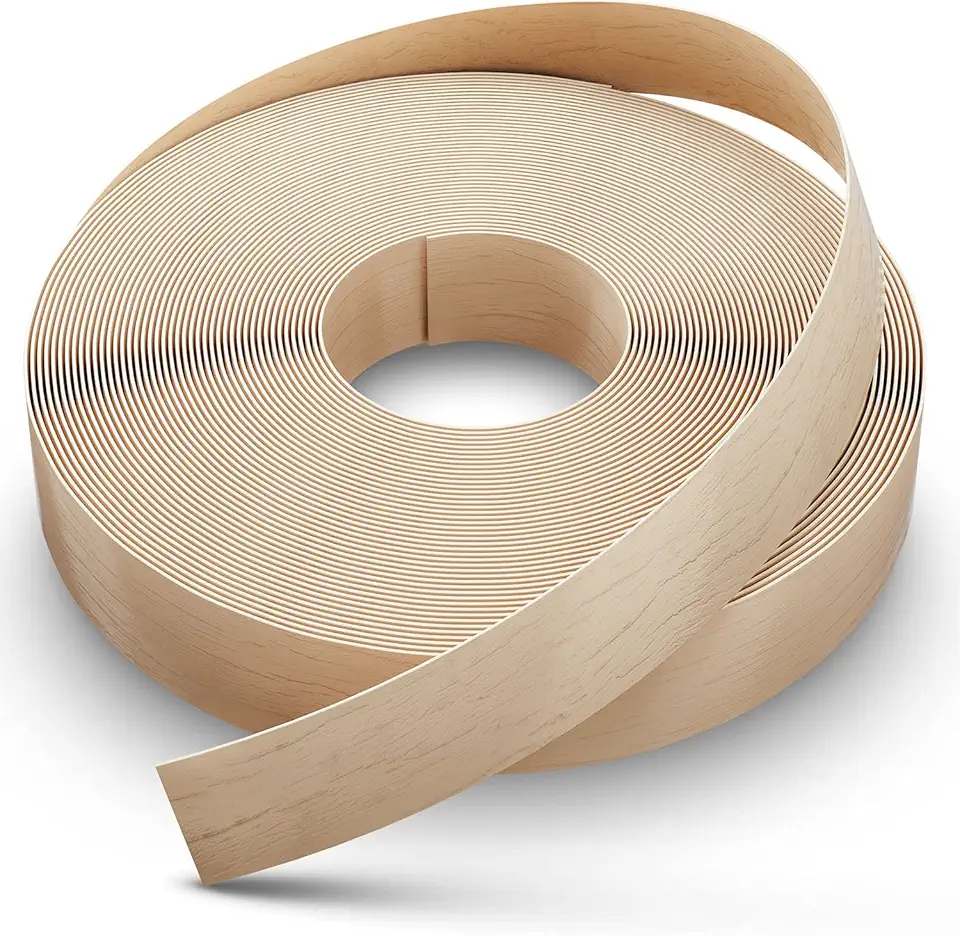
Easy Iron-On Wood Veneer
- Pre-glued for simple application
- Real wood veneer offers natural look
- Durable tape for long-lasting finish
- Iron-on for ease of use and precision
- Perfect for smooth edges and repairs.
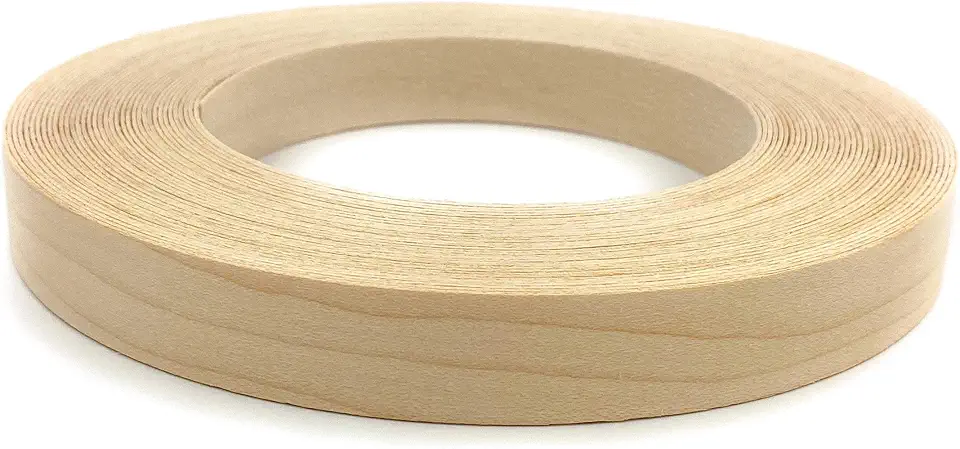
Maple Edge Banding Tape, 50-ft Roll
- Quick to apply with hot melt adhesive
- Smooth sanded finish enhances appearance
- Ideal for home furniture and DIY tasks
- Made in the USA, assuring quality
- Reliable adhesion for long-term use.
Iron-on wood edge banding tapes offer convenient application for DIY projects, while professional veneer provides superior durability for high-use cabinet areas. Both options help create finished appearances that rival solid wood construction.
How to Choose the Right Cabinet Plywood Grade
Selecting appropriate plywood grades depends on visibility and function within your cabinet design. Use AA or A-grade for visible cabinet surfaces and doors where appearance matters most. AB-grade offers an excellent quality-cost balance for cabinet bodies and panels.
- Visible surfaces: AA or A-grade for doors and drawer fronts
- Cabinet bodies: AB-grade for optimal quality-cost balance
- Hidden interiors: B or C-grade for frames and internal components
- Structural only: D and CD grades for non-visual applications
Always match thickness and grade to cabinet function, load requirements, and moisture exposure levels. This approach maximizes both performance and cost-effectiveness across your entire project.
Current Trends and Best Practices for 2025
Birch and maple continue to dominate cabinet construction for their optimal mix of strength, finish quality, and reasonable pricing. Growing demand for zero void and formaldehyde-free options reflects increasing environmental consciousness among homeowners and builders.
Custom finishes and precision CNC cutting have become standard practices for achieving high-quality, durable cabinetry in modern kitchens and bathrooms. Professional edge banding techniques now define the difference between amateur and professional-grade cabinet construction.
Environmental considerations drive choices toward eco-friendly cabinet materials, while laser cutting technology allows for more precise joinery and decorative elements. These trends continue shaping cabinet plywood selection and application methods throughout 2025.
FAQs
What Are The Differences Between Cabinet Plywood Grades?
Cabinet plywood grades are distinguished by their veneer quality and the number of defects allowed. Lower grades may have more knots and inconsistencies, while higher grades have smooth, defect-free surfaces. Common grades include A, B, C, and D, with A being the highest, exhibiting the fewest defects.
How Do I Choose The Best Plywood Grade For Kitchen Cabinets?
Choosing the best plywood grade for kitchen cabinets depends on your budget and aesthetic preferences. A and B grades are ideal for visible areas due to their smooth surfaces, while C and D grades are suitable for hidden parts where imperfections won’t be visible.
What Is The Highest Grade Of Plywood For Cabinetry?
The highest grade of plywood for cabinetry is A-grade. It features a smooth, defect-free surface ideal for visible cabinet faces, providing a polished and refined appearance.
Is A-grade Plywood Suitable For High-end Cabinets?
Yes, A-grade plywood is suitable for high-end cabinets as it offers a premium finish with minimal imperfections. It’s an excellent choice for visible surfaces that require a uniformly smooth and attractive appearance.
How Can I Identify Cabinet-grade Plywood?
Cabinet-grade plywood can be identified by its smooth, even surface, with minimal knots or defects. Look for labels indicating A or B grades, as these are typically used for cabinetry. The edges should also be smooth, indicating quality craftsmanship.
